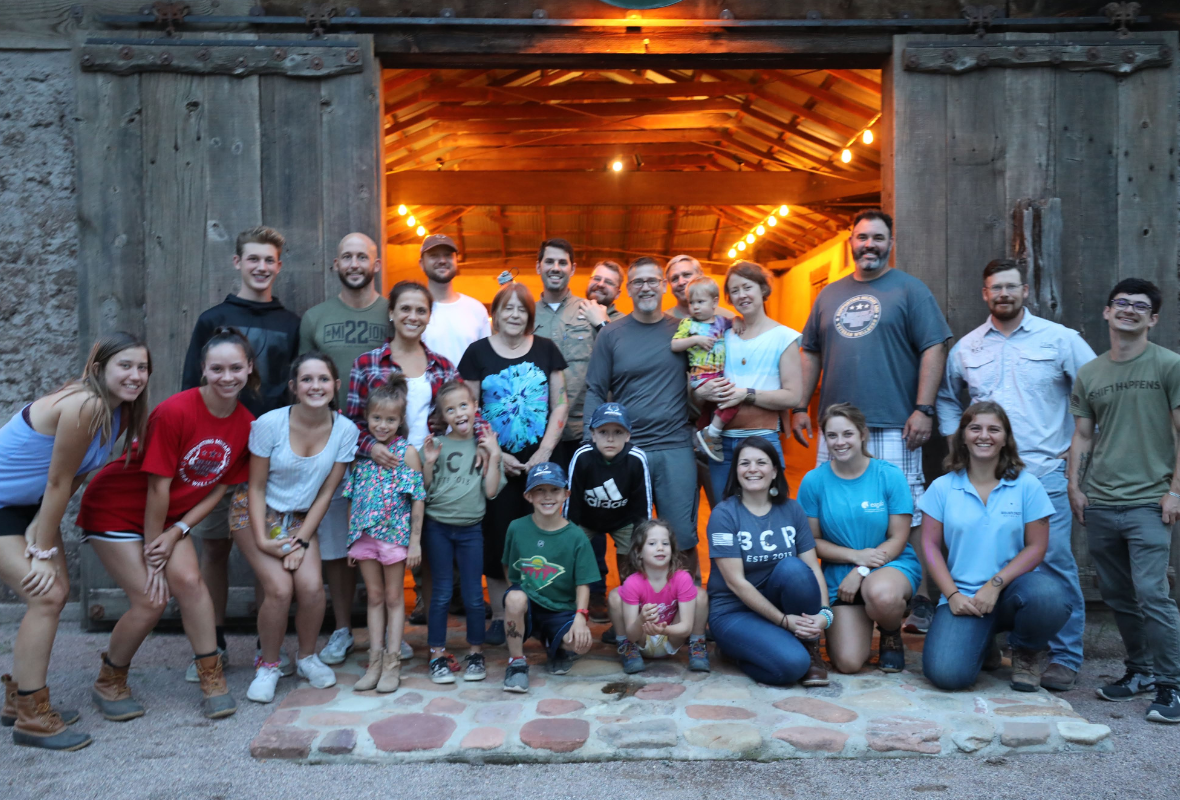Military Mental Health
Functional Significance of Posttraumatic Growth in U.S. Military Veterans
June 18, 2024
Journal of Affective Disorders
Among veterans with PTSD, functioning is higher among those reporting PTG relative to those reporting lower levels of PTG.
Abstract:
Background: Although many studies indicate that individuals who have experienced a traumatic event can experience posttraumatic growth (PTG), some researchers have questioned the significance of PTG in associations with functioning. The role of PTG in functioning following trauma may be better elucidated by accounting for its joint effects with posttraumatic stress disorder (PTSD) symptoms.
Methods: Data were analyzed from the National Health and Resilience in Veterans Study, which surveyed a nationally representative sample of 3847 trauma-exposed U.S. veterans. Participants completed assessments of potentially traumatic events, PTSD symptoms, and PTG, as well as a broad range of sociodemographic, military, trauma, health, personality, and psychosocial characteristics.
Results: PTG was independently and moderately associated with higher mental, cognitive, and psychosocial functioning, but not physical functioning. Results showed a similar pattern of findings when examining relations between subdomains of PTG and these aspects of functioning. Additionally, among veterans who screened positive for PTSD, those who endorsed PTG reported higher levels of mental, cognitive, and/or psychosocial functioning than those who did not endorse PTG.
Limitations: Findings may be limited by the use of a cross-sectional design, retrospective self-reports of PTG, and a predominantly older white male veteran sample.
Conclusion: Results provide support for the functional significance of PTG and highlight the importance of considering PTSD symptoms to better understand the role of PTG in functioning. Clinical interventions to foster PTG may help promote post-trauma functioning.
Read the article “Functional significance of posttraumatic growth in U.S. military veterans” DOI: 10.1016/j.jad.2024.04.046
Your support powers life-changing programs offered at no charge to veterans, military, first responders, and their families. With your help, our Warriors won't just survive — they'll thrive.

We have received your email sign-up. Please tell us more about yourself.